He studied in Venice and Vienna; here, he was taught by Eduard von Enghert. From Triest, he received a scholarship and went to Rome, where he lived from 1880 to 1882. There, he met Mariano Fortuny. From 1882 to 1897, Barison lived and worked in Venice. He initially also turned to history painting (among other works, "Isabella Orsini and Her Page," Triest), but quickly shifted his focus to genre painting. His paintings were exhibited in Venice (Un dono del fidanzato, 1882; Venice Fish Market, 1890), Milan (Pescheria A Rialto, 1886 [Premio del Principe Umberto]), Berlin (1884, 1886), Munich (1888, 1900, 1901, 1907), London (1889) and Vienna (scene of road to Venice, 1885; L´ anello di fidanzamento, 1888; Cronaca allegra, 1888; the old model, 1909). 1911 he won the Concorso for the equipment of the newly built Triestiner Cassa di Risparmio; In 1912, he created two paintings, "Costruttori" and "Mercanti." His painting remained uninfluenced by the new decorative art movements of the early 20th century (by Umberto Veruda, Arturo Rietti, Arturo Fittke, and Isidoro Grünhut, among other artists), still adhering to 19th-century academicism.
Works: ALESSANDRIA, Pin. Civ.: Pescheria a Rialto. TRIEST, Mus. Civ. Revoltella: Isabella Orsini e il suo paggio, 1877; Portrait of a Woman, 1890.
Exhibitions: Vienna: 1880 International Art Exhibition; 1885 Exhibition of 15-Year-Olds. / 1890 Munich.Provenance:purchased by the previous owner at the sale of the German auction house Düsseldorf in 2012.
Literature:Thieme / Becker 1999; Benezit 1999; De Gubernatis, 1889; Boetticher I, 1891; Comanducci I, 1982; C S. Sibilia, Pittori e scultori triestini, Mi. 1922; Furlani, GB pittore triestino, in: Istrian pagine 7: 1956.
Inscription: signed field dated 1921 lower right.
Technique:oil on canvas. period and original mat.
Dimensions: unframed 56 x 38.5 cm, matted and framed 72 x 51 cm.
Condition: in very good condition.












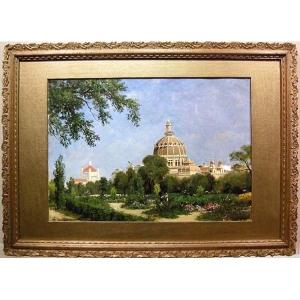















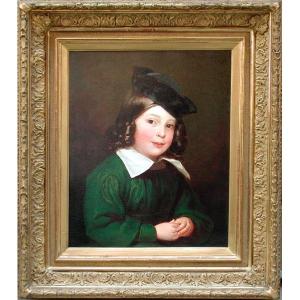







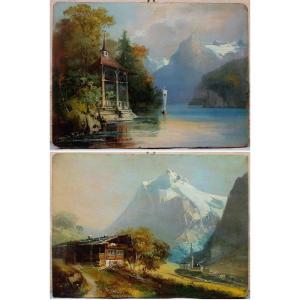

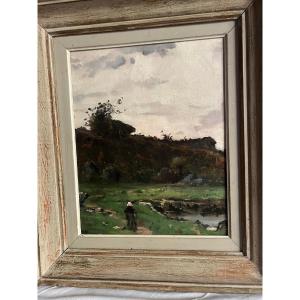


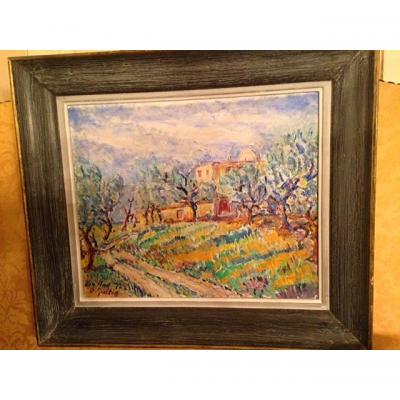




 Le Magazine de PROANTIC
Le Magazine de PROANTIC TRÉSORS Magazine
TRÉSORS Magazine Rivista Artiquariato
Rivista Artiquariato